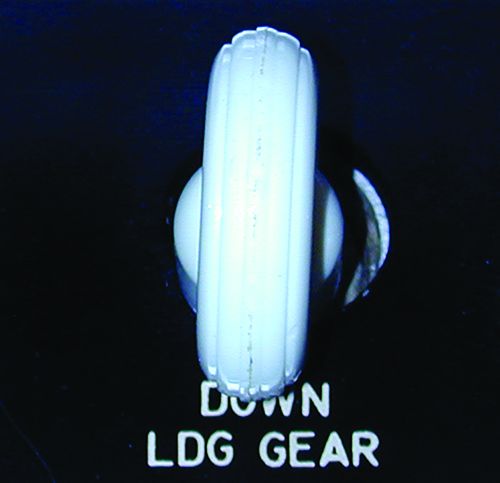Owing to work and family responsibilities, as well as weather and scheduled maintenance, I hadn’t flown my trusty Cessna 210 for a couple of months. When I finally found the time and energy, I picked a nice, clear day to go renew my relationship with the airplane. The flight was restorative and long overdue. It also pointed out why proficiency in the cockpit is both important and fluid. Let me explain.
The pre-flight inspection and run-up were normal, and soon I added full power and was off and climbing. It was a marvelous day, and I kept my eyes outside the cockpit, once again reveling in the magic of flying my own airplane. I went off to do some sightseeing and make sure everything on the airplane worked the same way it had a couple of months earlier.
Up to this point, I hadn’t paid much attention to the instrument panel or managing the engine. Soon, a blinking instrument attracted my attention. It was my engine monitor, whose screen was shouting at me that I had exceeded an engine parameter, cylinder head temperatures (CHTs) in this instance. All of them were higher than normal for this power setting. Engine oil temperature also was a bit high.
I immediately checked that the cowl flaps were open, and that the power setting was nominal for what I was doing. They were. I enrichened the mixture to cool things off, and it worked, but not as well as my experience with the airplane told me it should. Something was wrong.
I turned toward a nearby airport for a precautionary landing and racked my brain to figure out if I missed something on the pre-flight inspection. Had I somehow missed a bird’s nest? I performed my usual inspection of the engine compartment by peering into the cowling inlets and up past the cowl flaps and hadn’t found anything. There were no signs of a nest when I checked the engine oil. But something was wrong—the engine was still running too hot. Soon, I was entering the traffic pattern for my precautionary landing. As I reduced power to slow down for the landing, I happily noted CHTs and the oil temperature were settling down a bit. What was wrong?
Abeam the landing runway’s numbers, I performed my GUMP check. The fuel selector was in the “both” position, as it should be. I reached over to extend the landing gear and…it was already down. I hadn’t raised it after taking off, and its drag was reducing air flow through the cowling, increasing temperatures. I went ahead and landed, taxied back and took off again. On climbout, I retracted the landing gear, the airplane accelerated and all engine parameters were once again normal.
I had thought that a couple of months of inactivity wouldn’t impact my skills. I was wrong.
Have you encountered a situation or hazardous condition that yielded lessons on how to better manage the risks involved in flying? Do you have an experience to share with Aviation Safety’s readers about an occasion that taught you something significant about ways to conduct safer flight operations? If so, we want to hear about it.
We encourage you to submit a brief (500 words) write-up of your Learning Experience to Aviation Safety for possible publication. Each month, Aviation Safety publishes a collection of similar experiences sent to us by readers. Sharing with others the benefit of your experience and the lessons you learned can be an invaluable aid to other pilots.
You can send your account directly to the editor by e-mailing it to [email protected]. Put “Learning Experience Submission” in the subject line; add your name and daytime telephone number at the bottom of the e-mail.
Your report will be considered for publication in the Aviation Safety’s readers’ forum, “Learning Experiences,” and may be edited for style and length. Anonymity is guaranteed if you want it. No one but Aviation Safety’s editor is permitted access to the reports. Your name and telephone number are requested only so that the editor can contact you, if necessary.
While we can’t guarantee your submission will get published, we can guarantee that we’ll closely review and consider using it.
All Learning Experience submissions become the property of Aviation Safety and may be republished.




